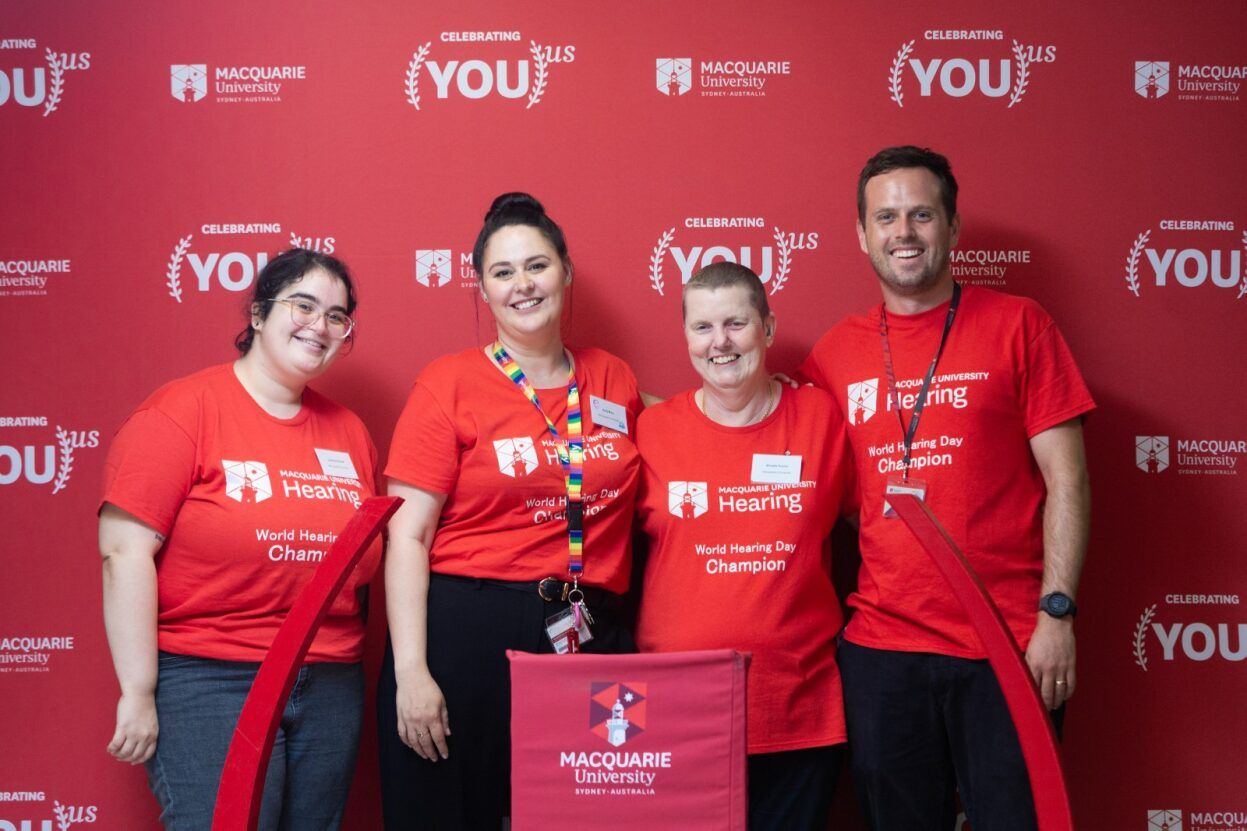Co-occurring Hearing Loss and Cognitive Decline in Older Adults: A Dual Group-Based Trajectory Modeling Approach is now published in Frontiers in Aging Neuroscience, 24 December 2021.
This study was a collaboration between MU Hearing, Department of Linguistics, Macquarie University; Management Disciplinary Group, Wentworth Institute for Higher Education; and Centre for Vision Research, Department of Ophthalmology and Westmead Institute for Medical Research, University of Sydney. The academics include Yvonne Tran, Diana Tang, Charles Low, Catherine McMahon, Paul Mitchell, and Bamini Gopinath.
 Hearing loss and cognitive impairments are both highly prevalent neurological complications for older adults. While there is growing evidence to suggest that these two conditions are interrelated, little research has been conducted that directly examines the progression and developmental trajectories of these complications contemporaneously.
Hearing loss and cognitive impairments are both highly prevalent neurological complications for older adults. While there is growing evidence to suggest that these two conditions are interrelated, little research has been conducted that directly examines the progression and developmental trajectories of these complications contemporaneously.
The aim of the study is to identify the distinct trajectory profiles for hearing loss and cognitive function in an older population over a 10-year period. Through dual trajectory modeling, the interrelationship, co-occurring movements, and overlaps between these two complications were examined. The study also investigated the influence of hearing aid ownership on cognitive function trajectories.
The study utilized longitudinal data from 1,445 participants in the Blue Mountains Hearing Study (aged 55+ years) involving repeated measures from a population-based survey with audiometric hearing assessments. Cognitive function was assessed using the Mini-Mental State Examination (MMSE). The group-based trajectory modelling (GBTM) identified three trajectory profiles for both hearing loss and cognitive function in two older age groups (55–69 years and 70+ years). The outputs from the dual trajectories models showed the conditional probability for “no hearing loss” trajectories to be around 90% more likely to have “high-normal” cognitive function, demonstrating co-occurring overlap. In contrast, for “moderate to severe hearing loss” trajectories, the conditional probability drops to 65% and 79% for the 55–69 age group and 70+ age group respectively. There was also an increasing probability for “cognitive decline” conditional on the severity of hearing loss with 6.7%, 7.5%, and 8.7% for no hearing loss, mild hearing loss, and moderate to severe hearing loss trajectory groups. While we did not find any statistically significant difference in the influence of hearing aid use in the cognitive function trajectories, there was a consistent greater representation of non-hearing aid users in the trajectories with poorer cognitive function. This study found GBTM to identify trajectories that were in agreement with our current understanding of hearing loss and cognitive impairment in older adults. This study also adds to the existing evidence-base as dual trajectories demonstrated co-occurrence in developmental changes in these two common neurological complications for the older population.








